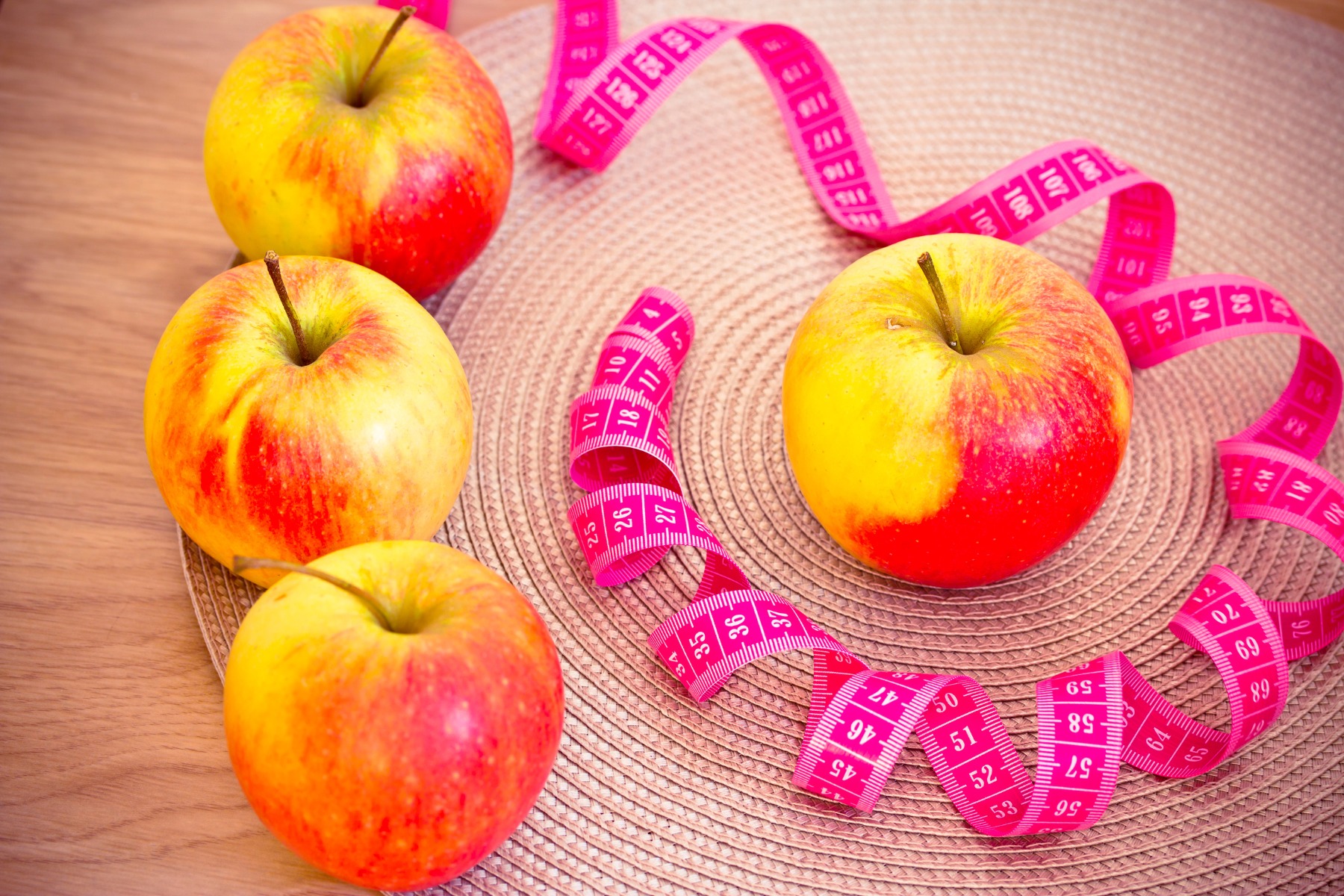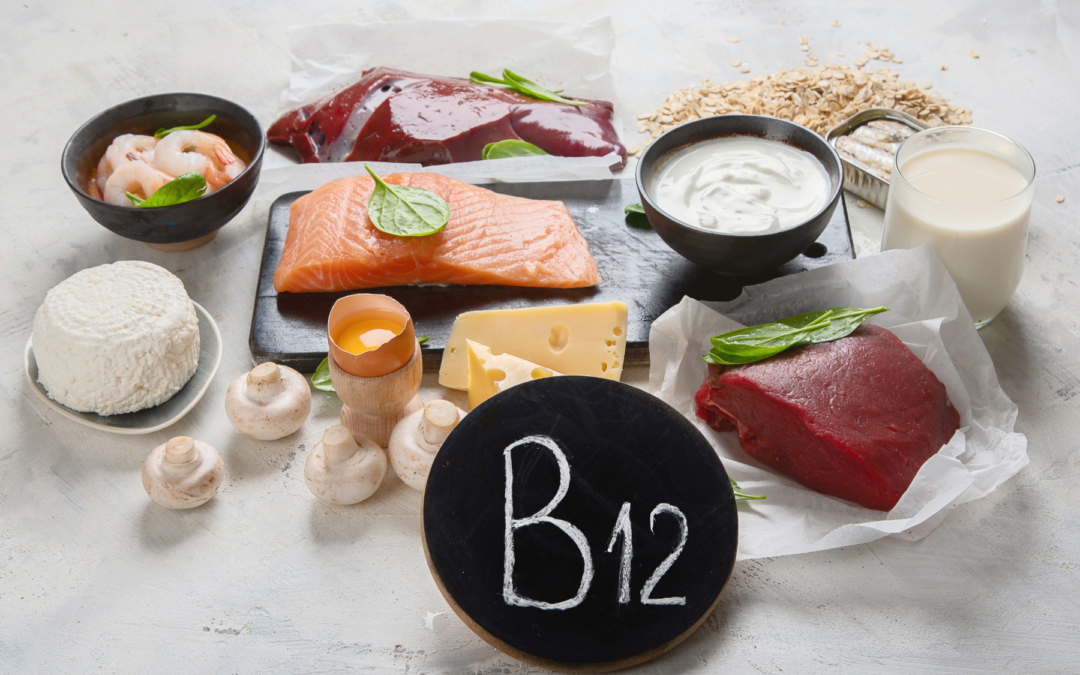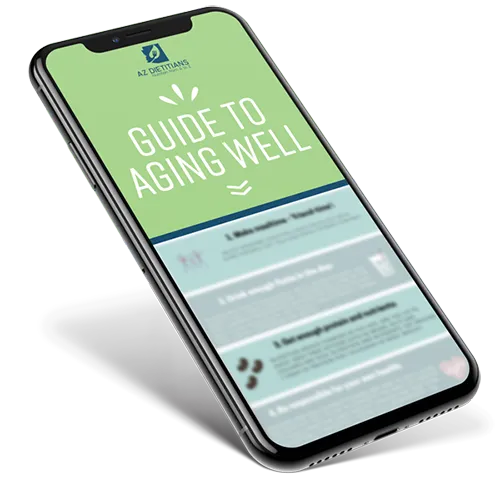Have you ever wanted to lose a couple of pounds? Did you hit the treadmill or stair master at the gym or start taking cardio-centered workout classes to jump-start fat loss? Have you heard that the calories you take in need to be less than the calories you burn to lose weight? You’re not alone if you said yes to any of these.
We are surrounded by different tips and techniques to lose fat. While many of the things we hear can aid in fat loss, they aren’t the only changes that make a difference and they don’t work for everyone.

The difference between weight loss and fat loss
Before we dive into tips to lose fat, we want to address the difference between weight loss and fat loss.
Weight loss involves losing overall body weight. The body does not selectively lose fat if we undereat. When we undereat, we lose fat, muscle, and water weight.
Fat loss involves losing fat while preserving lean body mass such as muscles and organs. Fat loss occurs when our bodies burn fat for fuel.
The science behind fat loss
Glucose is the body’s preferred source of fuel. Glucose (or glycogen – the stored form of glucose) is what our body burns during rigorous movement. It’s only after we’ve been performing cardio for more than 30 minutes that we begin tapping into fat stores for energy.
Where does stored glucose/glycogen come from? When we eat a meal that has carbohydrates, our blood sugar rises. This causes our body to release insulin, which stops burning fat at that moment. Insulin temporarily stops the fat-burning process because the body’s goal is to get the glucose out of the blood and into the cells.
Glucose can either be used for immediate energy or is stored in the liver and muscles as glycogen and used later. We always have glycogen stores which are meant to be used as backup energy for when we go long periods without food. When enough glycogen is stored, our body will turn the excess glucose we eat into fat. This is why it’s important not to overeat carbs during a fat loss phase.
The more glucose spikes we have, the less able we are to burn fat. Managing our carbohydrate intake and aiming to get a steady flow of carbs throughout the day versus one large carb-heavy meal a day helps our bodies burn more fat.
If we have a large carbohydrate meal, then it will take quite a long time for our bodies to put all of the glucose to where it needs to go. This keeps insulin in the bloodstream longer and keeps us from burning fat.
This doesn’t mean we should completely cut out carbs to be in a fat-burning mode more often! In fact, carbohydrates are necessary for efficient fat burning during exercise. Carbs are essential for all functions in the body. They help fuel our brains, heart, and kidneys, and give us consistent energy levels. For most efficient fat-burning, we must balance our carb intake with protein, fat, and fiber.
Our Top Tip to Lose Fat: Build Muscle
Muscle is more metabolically active than fat. This means that if we have more muscle mass, we burn more calories/fat while at rest.
However, if we build muscle to increase our metabolism, it will initially add to our overall body weight. When we begin to build our muscles, we may burn more fat without seeing any drastic changes on the scale. (Do not be discouraged by the increase on the scale when this happens!)
Changing our body composition will change the way our body looks even if the number on the scale stays the same. Hence, our bigest tip for weight loss is to focus on building muscle! Don’t just hit the treadmill and call it good. Experiment with resistance training and you’ll be surprised to see what results that yields.
How do we build muscle?
When we overload our muscles during exercise, they get damaged, which is a normal process. Our muscle cells then repair stronger than they were before to adapt to the extra load.
Resistance exercise also causes our body to release growth hormones. These hormones then stimulate growth of the muscles. Resistance workouts that target different muscles are the best way to increase our muscle size.
Other tips for fat loss
Having a greater muscle mass isn’t the only way to increase how much fat you burn. Eating a diet high in protein, getting enough sleep, eating more healthy fats, and taking probiotics can also help with fat loss.
- Protein: Studies have shown that when people eat a high protein diet, they lose more fat than those eating a normal protein diet. The standard recommendation for protein intake is 0.8 grams/kg of body weight for adults. Going up to 1 gram of protein/kg of body weight would be considered a higher protein diet, but many people need much more than this to gain muscle.
- Balance your macronutrients: As we discussed the science of fat loss earlier, we mentioned that glucose spikes will prevent fat loss. Hence, if you want to lose fat, you’ll need to balance your meals. A balanced meal consists of lean protein, complex carbs (whole grains/starchy veggies), non-starchy vegetables, and healthy fats.
- Sleep: Some studies have shown that not getting adequate sleep can inhibit the amount of fat lost. Whether or not you get 7-8 hours of sleep a night can make or break the amount of fat you can lose and how quickly you can lose it.
- Healthy fats: Healthy fats are monounsaturated and polyunsaturated fats. Bad fats are saturated/trans fats. Eating more healthy fats than bad fats can help lead to fat loss. If you replace the bad fats with good fats, then your meals will be satisfying and you’ll be cutting out the type of fats that lead to weight gain and heart disease.
- Probiotics: Having a diverse microbiota positively impacts our body’s ability to digest fats. Bacteria from the Lactobacillus family have been shown to lower the amount of fat absorbed in the body, which can help lead to fat loss. Overall, taking care of our gut health can lead to many positive effects throughout the body!
We hope this helped bring to light some of the many ways you can improve your ability to lose fat! If you’re not sure where to begin, start with the step that you find the easiest to tackle. As always, you can make an appointment with one of our dietitians to help keep you on the right track as you go through this journey.






